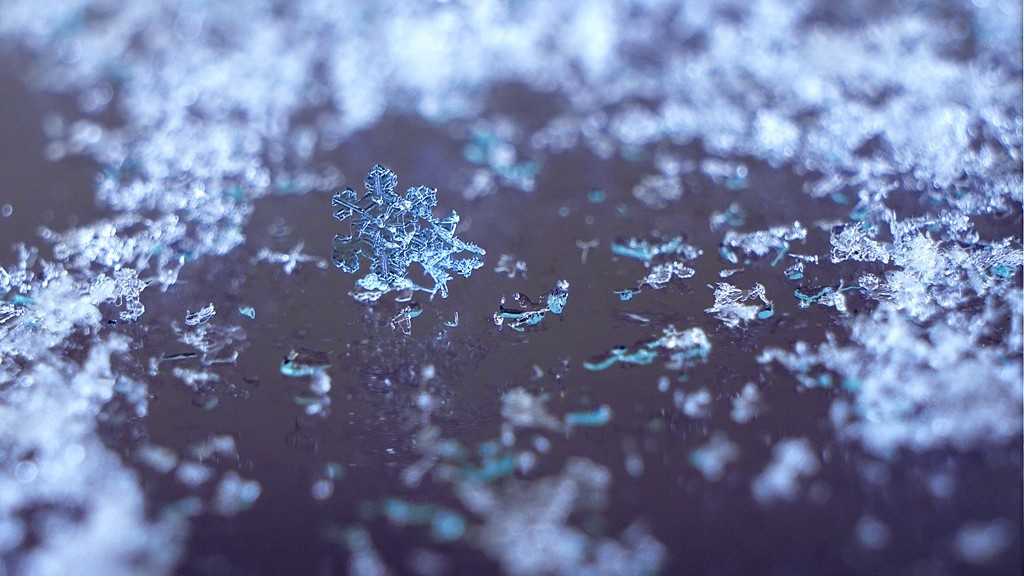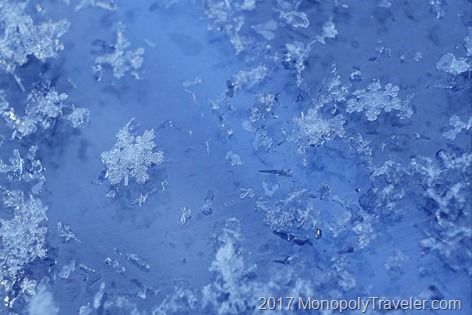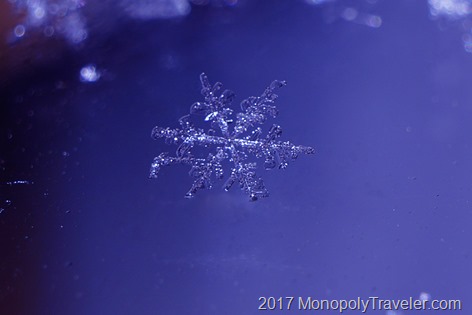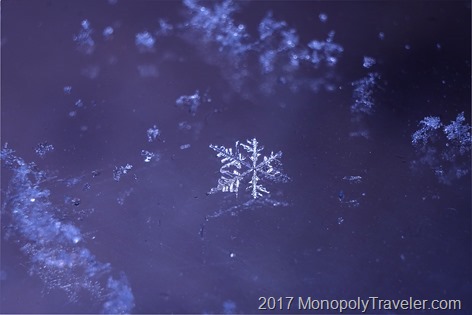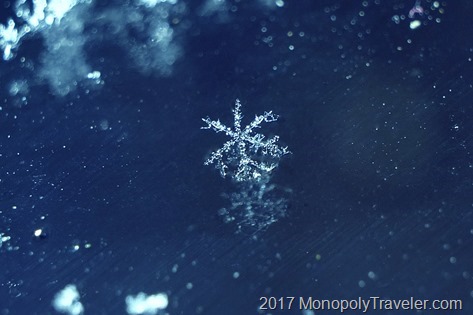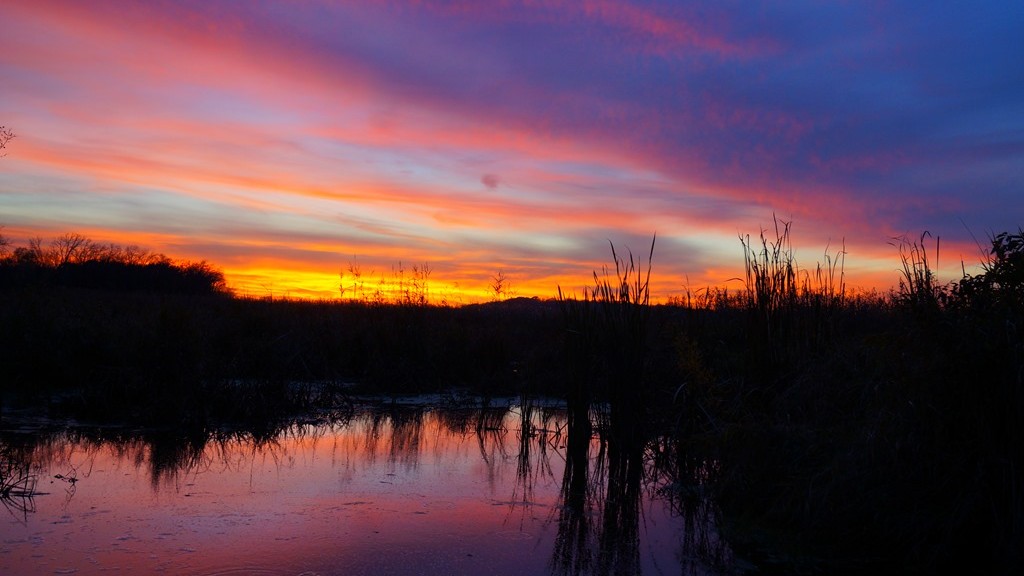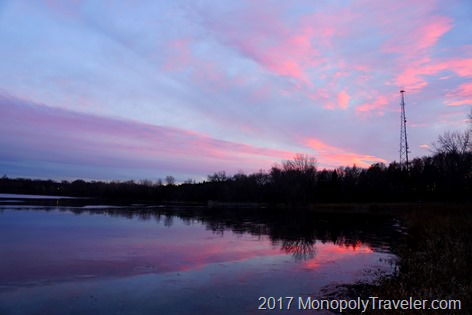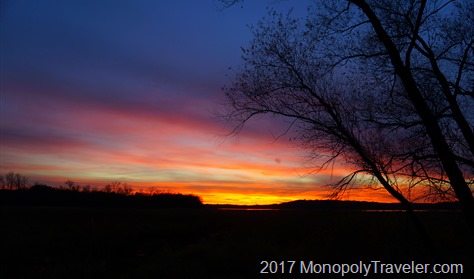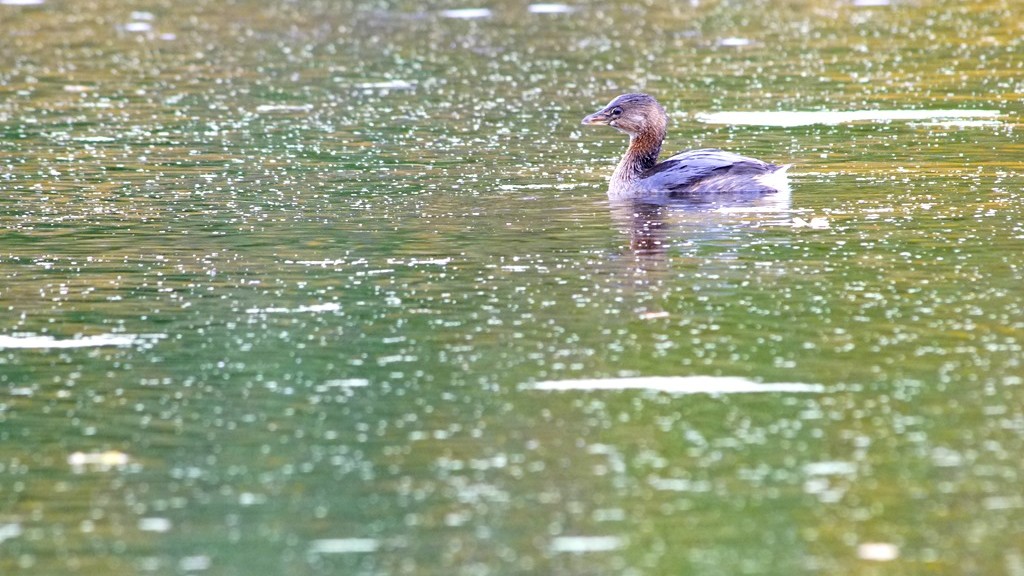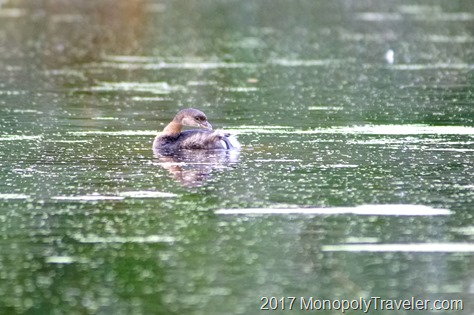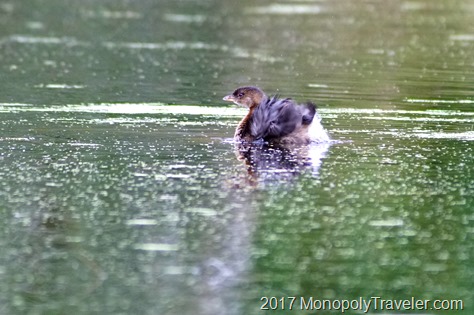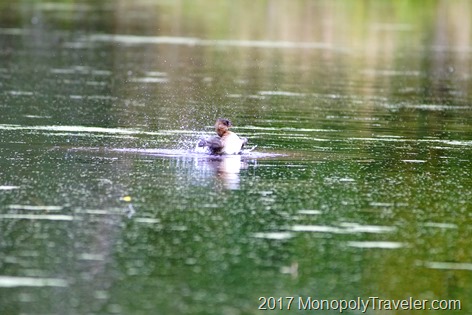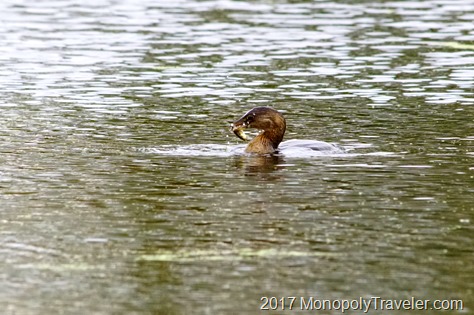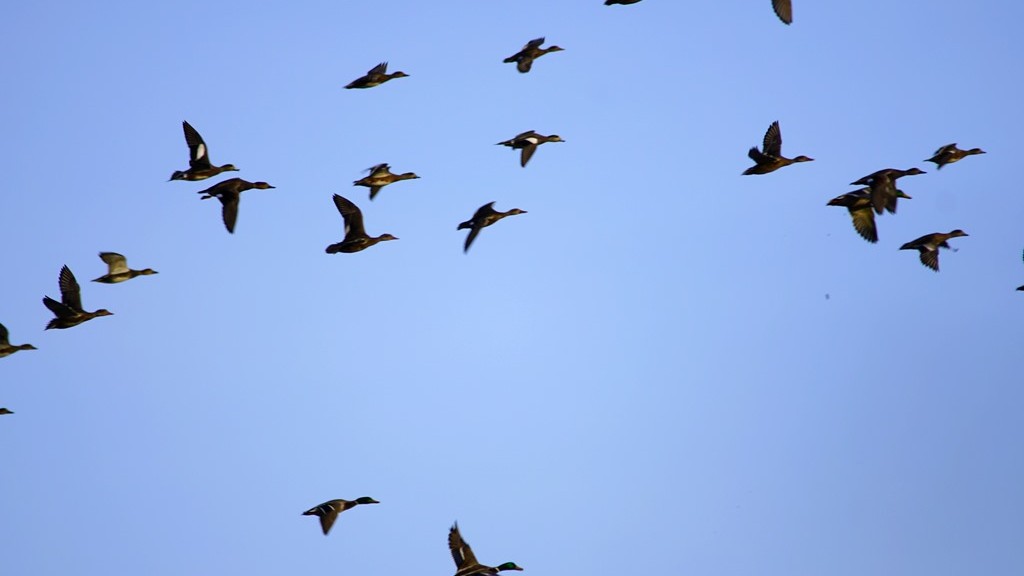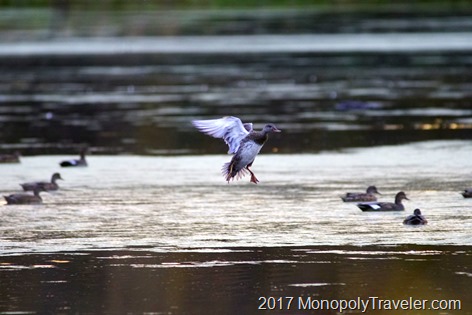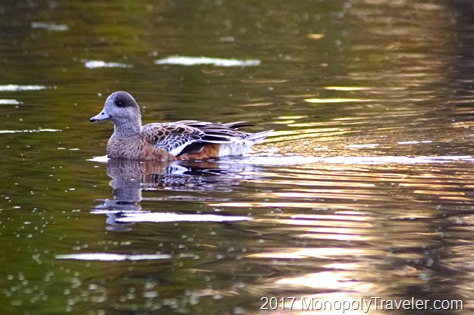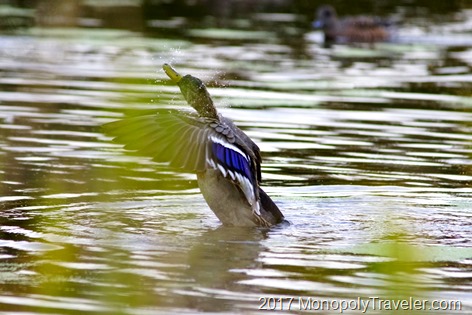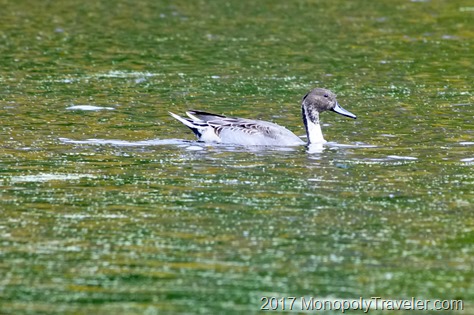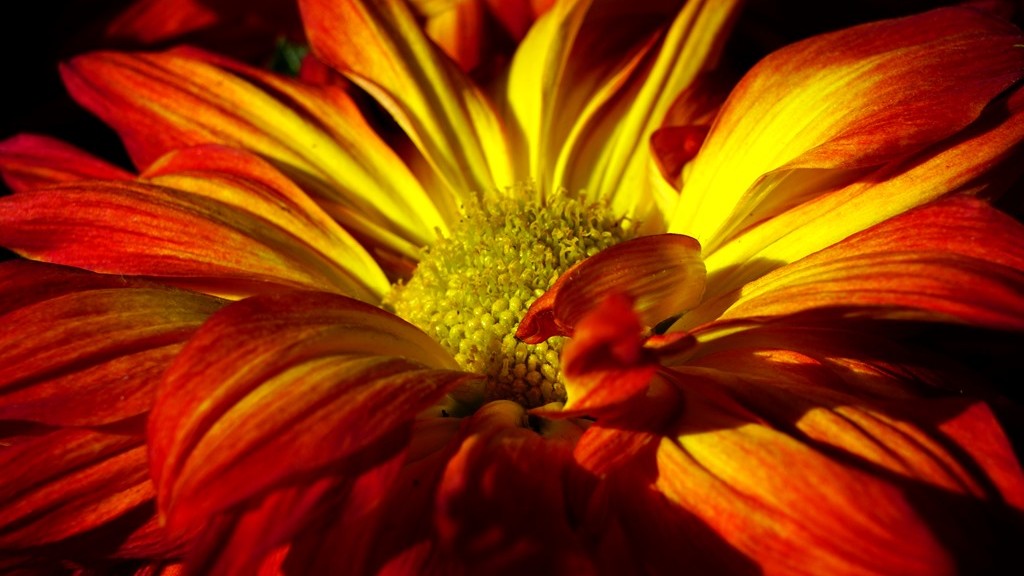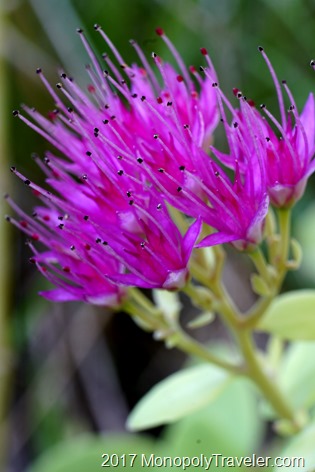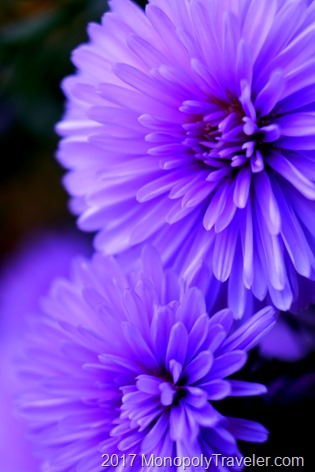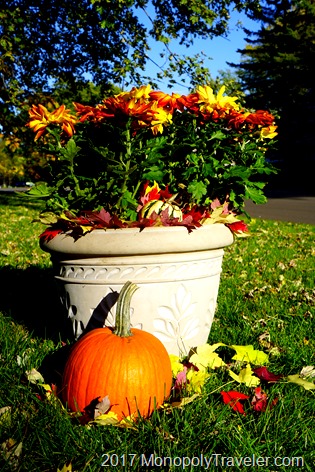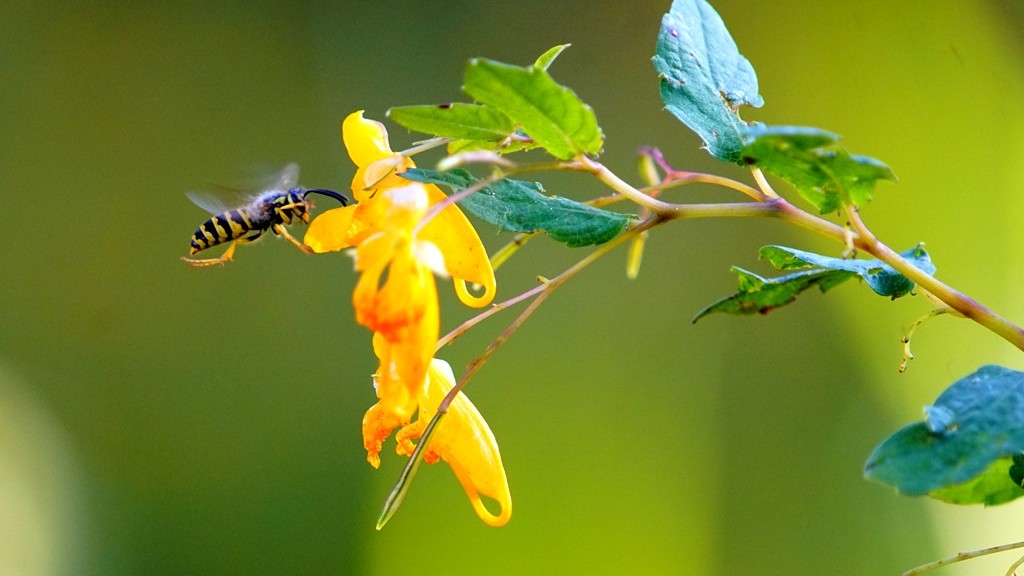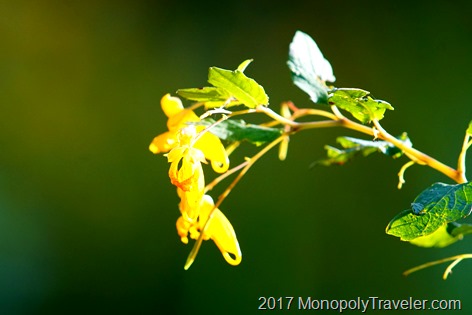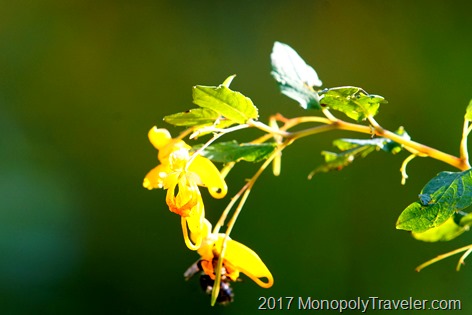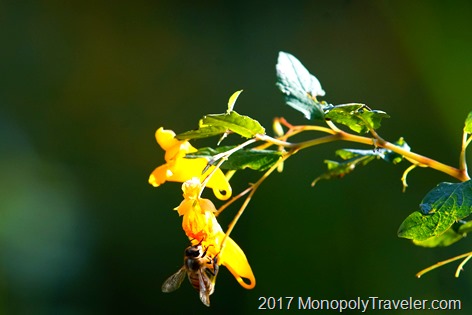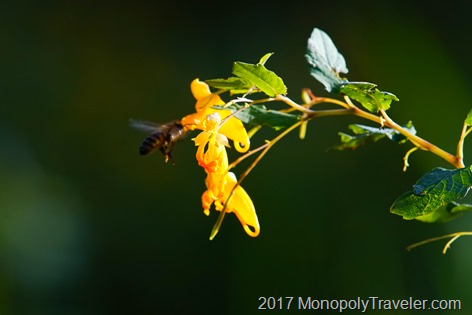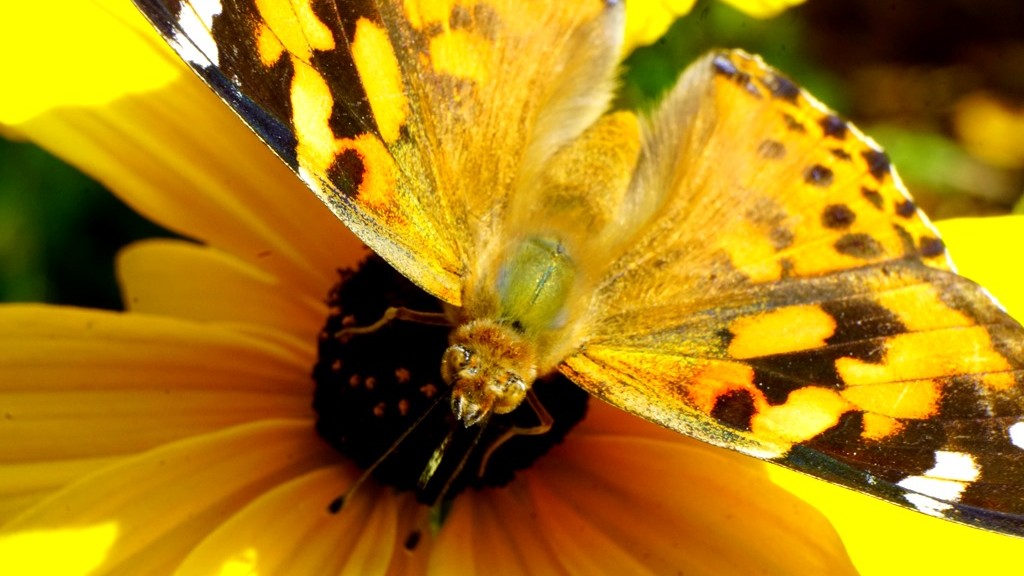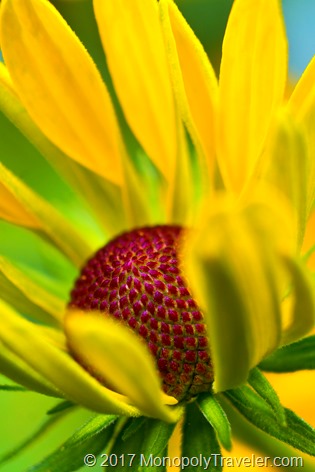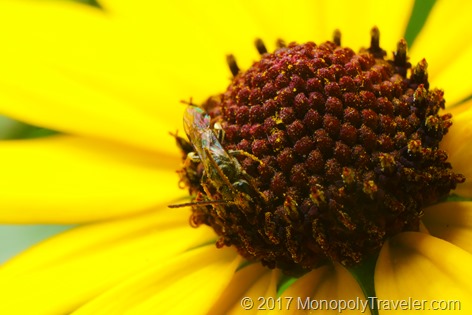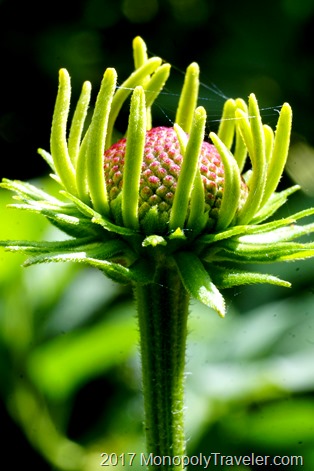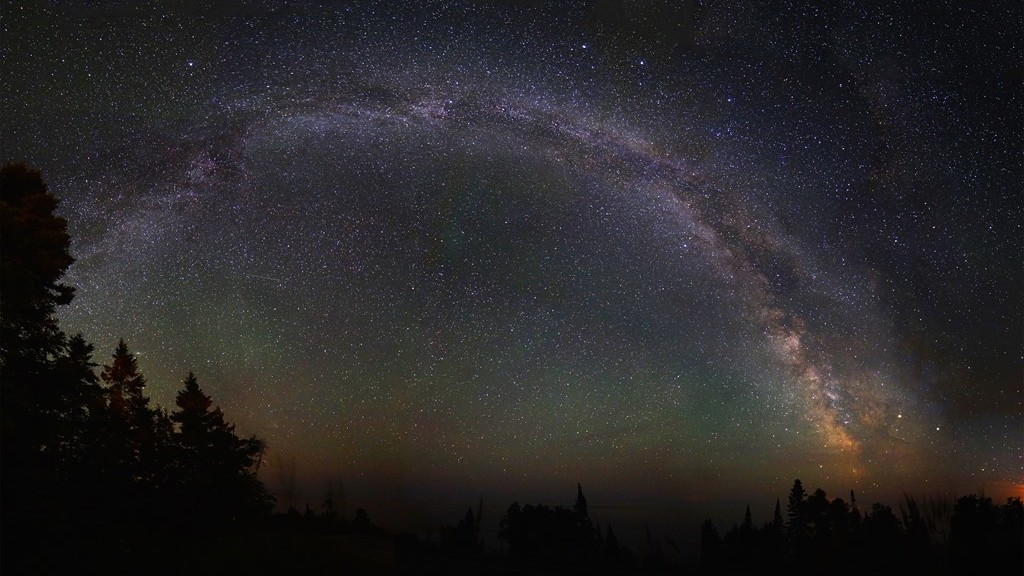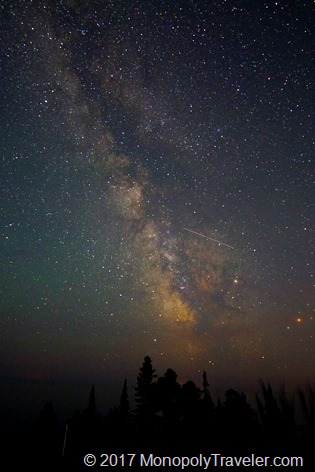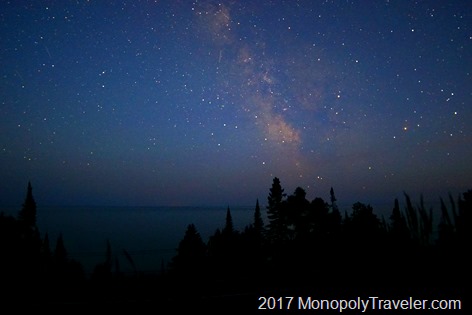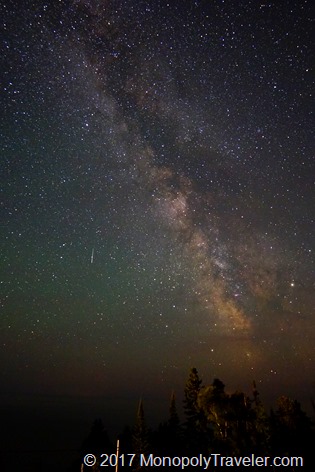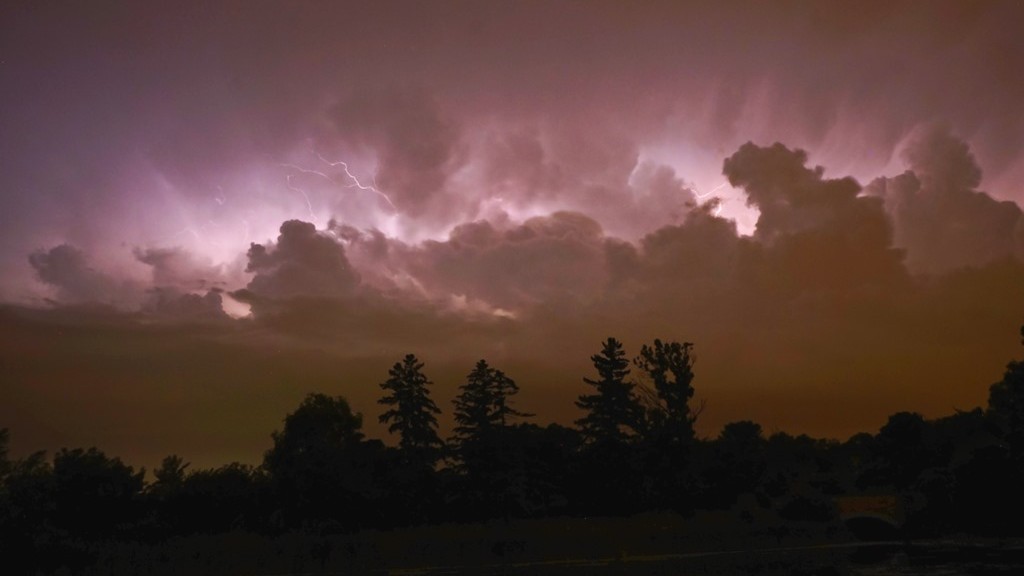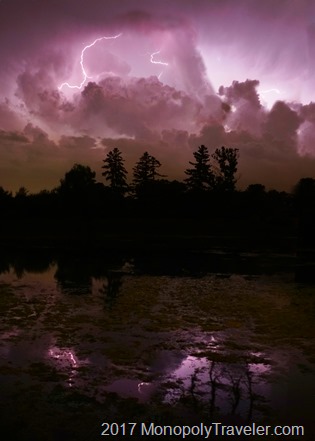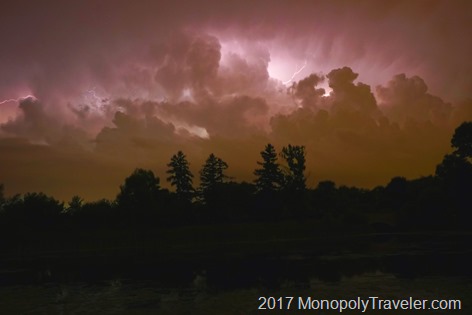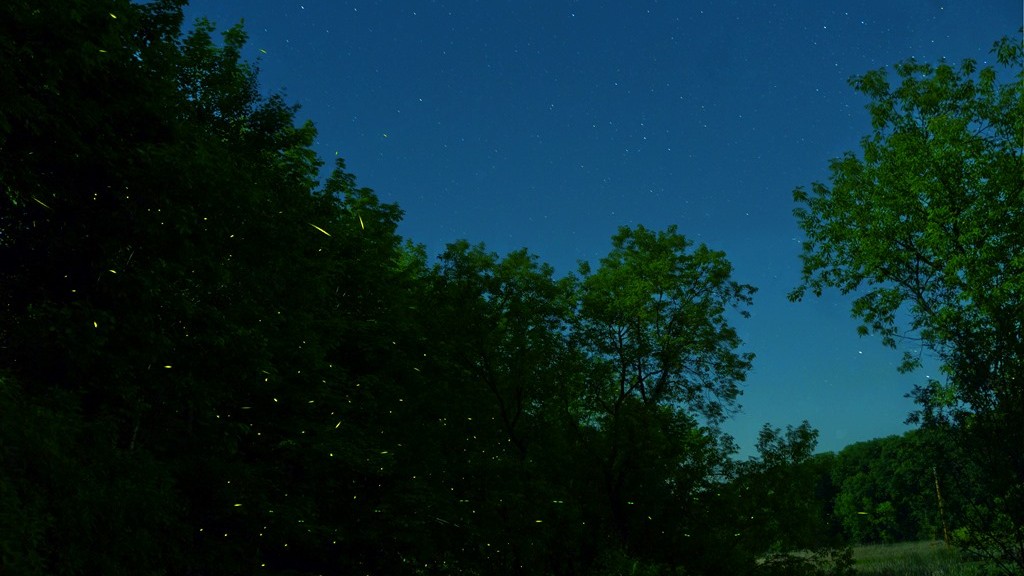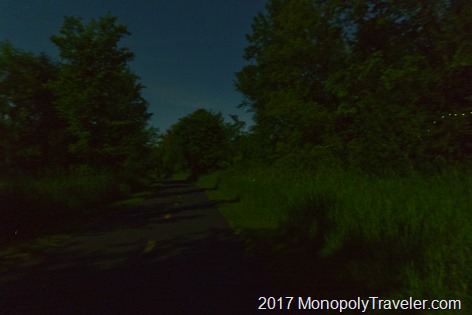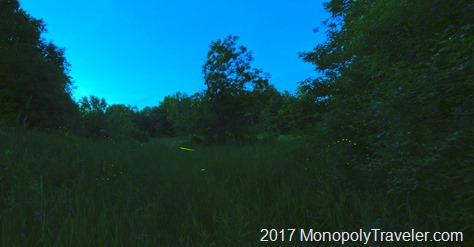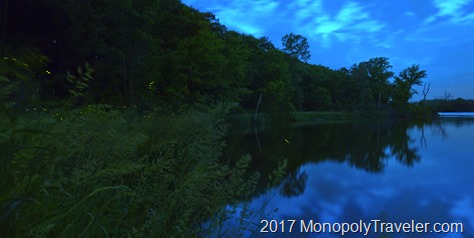Over the past couple of weeks snow has began to fall creating a beautiful white blanket covering the landscape. When looking out at this landscape it just looks like a white fluff everywhere that we have to shovel and drive over. Examining this white that covers everything shows some amazing micro formations, each one different from one another. Once again I’ve been trying to capture these snowflakes with a camera hoping to reveal the incredible structures many of these ice crystals possess.
Photographing them can be a bit of a challenge as it can be difficult to find a single snowflake in the camera among so many others with a macro lens because it is out of focus until the camera and lens are at just the right distance and then its unique and amazing shape begins to reveal itself as long as there is enough light reflecting from it. Once I find it in the camera it’s time to set up the tripod and again get the camera as close as I can and have the snowflake be in focus. These are sometimes difficult to get in sharp focus because their clear ice crystals so you don’t always realize if the snowflake is in focus or the sharp focus is behind it. And it’s such a small subject anyway which always makes things more challenging.
Before taking too many pictures it’s a good idea to make sure the snowflake is positioned correctly so the camera can pick up the detail in each segment. Once positioned well the camera needs to be adjusted to bring it into focus and stabilized so there is no movement in either the ice crystal or the camera otherwise everything becomes a little blurry. With everything finally set up its time to take the picture. Using the camera timer or remote shutter is a good idea as just the act of pushing the shutter button will most likely result in a little movement and a blurry photo.
One other element to photographing the incredible ice crystals is that is has to be done in the cold. This alone presents challenges. You need to acclimate the camera and lenses to the cold otherwise they can fog up and your out of luck getting good pictures so a little preparation ahead of time will help. Also you need to make sure you stay warm in order to successfully accomplish the fine movements necessary to capture a beautiful snowflake without breaking it. In addition what ever surface your using to hold the snowflake must be cold or it will melt before you can take the picture. Even with that wind can ruin the shot. Snowflakes are a subject that requires fairly quick reaction as they begin to break down within a short time of landing on the ground giving an hour or two to capture this great architecture created in the sky. With all of these challenges, snowflakes are a great source of amazement to view after they’re gone making them worth the effort to capture.

